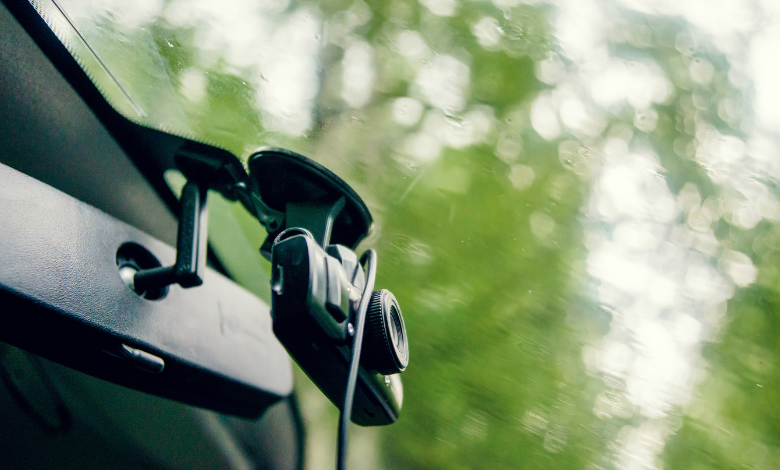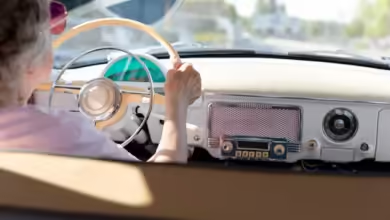Back view of the speco dvr 16vt

The Speco DVR 16VT is an advanced virtual video recorder designed for first rate video surveillance and recording. Understanding the lower back view of this tool is critical for correct set up, connection, and operation. This guide presents an in-depth have a look at the key additives and ports determined at the back of the Speco DVR 16VT.
1. Video Input Ports
The Speco DVR 16VT capabilities multiple video enter ports for connecting numerous cameras. Typically, those are BNC connectors, taking into account analog video indicators to be transmitted from protection cameras to the DVR. There are commonly 16 of those ports, similar to the sixteen-channel capability of the DVR.
- Channel 1-16 Inputs: Each port is labeled to correspond with a particular camera enter. Ensure that cameras are related to the correct inputs to match your surveillance setup.
2. Audio Input Ports
Audio input ports permit for the connection of microphones or audio assets to capture sound at the side of video pictures.
- Audio In 1-4: These ports are usually used to attach as much as 4 audio assets. Each input need to be matched to the corresponding camera or area for synchronized audio recording.
3. Video Output Ports
Video output ports are used to connect the DVR to a monitor or TV for stay viewing and playback of recorded pictures.
- VGA Output: Provides a connection for a VGA screen, helping high-definition video show.
- HDMI Output: Offers a better resolution connection for present day HDMI-compatible video display units and TVs, presenting clearer and more distinct video output.
4. Audio Output Ports
These ports are used to connect audio system or audio structures for monitoring and playback of recorded audio.
- Audio Out 1-2: Typically, there are audio output ports for connecting external audio devices.
5. Network Port (LAN)
The community port (typically an Ethernet port) permits the DVR to connect with a neighborhood community or the internet. This is critical for far off get entry to and control of the DVR thru community protocols.
- LAN Port: This port allows communication between the DVR and community infrastructure, allowing for remote viewing, updates, and control via a web interface or mobile app.
6. USB Ports
USB ports are used for connecting external gadgets consisting of USB drives, external hard drives, or a mouse for navigation and file management.
- USB 2.Zero/3.0 Ports: These ports facilitate records transfer, backup, and the usage of peripheral devices.
7. Power Input
The power enter port connects the DVR to its strength deliver. It is critical for the operation of the DVR.
- Power Connector: Ensure that the strength deliver is like minded with the DVR and gives the best voltage and cutting-edge to avoid operational problems.
8. Alarm Inputs/Outputs
Alarm inputs and outputs are used for connecting outside alarm devices or sensors, enhancing the safety system’s functionality.
- Alarm In 1-4: Ports for connecting external alarm sensors or triggers.
- Alarm Out 1-2: Ports for connecting to alarm systems or gadgets in an effort to be activated based on DVR events.
9. RS-485 Port
The RS-485 port is used for connecting PTZ (pan-tilt-zoom) cameras or other manipulate devices that require serial verbal exchange.
- RS-485 Connector: Facilitates communication with well matched PTZ cameras, allowing for far off control of digital camera motion and settings.
10. Cooling Vents
Cooling vents are critical for retaining the DVR’s working temperature. Proper air flow helps prevent overheating and guarantees the sturdiness of the device.
Conclusion
The returned view of the Speco DVR 16VT famous several vital ports and connectors important for its operation and integration into a safety system. Understanding these components will help ensure right set up and powerful use of the DVR, bearing in mind seamless video and audio recording, playback, and remote management.



